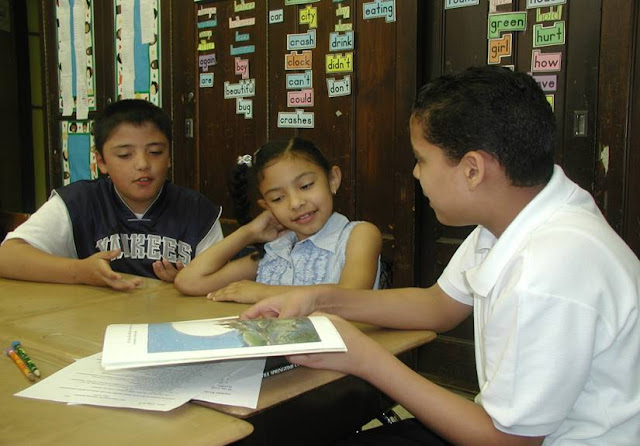Teaching The Craft of Writing Effectively
How do we teach developing writers to independently
use the different elements of craft that are discussed and taught in lessons?
We begin by honouring the reality that terms like voice, sentence fluency, and writing with detail are descriptions of where we want our students to be, not next steps on how to reach those goals.
We need to identify specific elements of craft when assessing student writing samples and use such revelations to help plan instruction that is both relevant and timely. If we adopt this approach to planning curriculum action we are able to teach students the specific craft techniques that will move them forward as writers. Katie Wood Ray in her book, Wondrous Words provides an excellent guide for examining a text for its potential to teach craft elements to developing writers (See below)
As teachers of writing we must develop a concrete process for noticing craft in writing so that craft lessons can be planned and developed Craft lessons based mindfully on students' writing. Planning must be fluid, It must reflect the changing needs of students. When teachers meet regularly to assess the effectiveness of their teaching, the efficacy of their planning is more likely to reflect the current needs of the student writers with whom they are working. Planning is not something a teacher does merely at the start of a term, or a project. it's not a case of set and forget. Planning is a dynamic process. When teachers moderate outcomes, their planning prospers.
Most of us know good writing when we read it, but writing teachers need to know what makes it work. They need clear insight into identifying and teaching the small elements that make good writing successful. These authors become our unwitting collaborators. We enter the classroom each day with a host of potential mentor authors. We are not alone in undertaking this important work.
Learning to read like a writer takes time, effort and regular practice. Those teachers who themselves are writers possess a distinct advantage. They understand the struggle of composition. As writers, they appreciate that writing is essentially problem solving. Their eyes see things, non-writers fail to notice or understand.
As
teachers we must reach the understanding that it is important for students to
do such focused work in their notebooks. What better place to practice and
experiment. It’s a chance for developing writers to flex their writing muscles
Building Curriculum from the Writing
of Others
NOTICE something
in the text
|
TALK ABOUT IT and
develop a theory about why the writer might have crafted it in this way
|
NAME what it
is the writer is doing in the text
|
CONNECT IT to
another text if possible in which a writer is doing the same thing
|
ENVISION
yourself
or your students making this same craft move in your writing.
|
Source: Wondrous Words
Katy
Wood Ray
|
The craft of writing is built upon our observations regarding the potential of a text
to assist us in being effective teachers
of writing.
'If the expectation of what we teach students about writing is changing, then so should our preparation. If we are to teach the craft of writing to students, and not just mechanics and spelling, most of us cannot rely solely on our own histories of writing instruction.'
Crafting Writers, K-6, Elizabeth Hale







Comments
Post a Comment